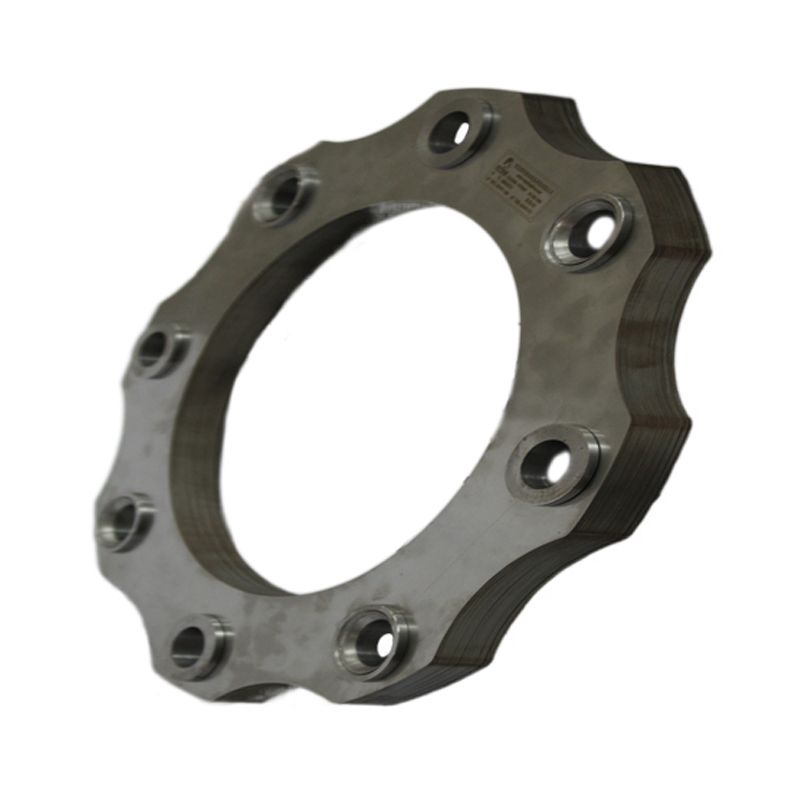The static press-in method of the diaphragm coupling may cut off the uneven and tiny peaks between the diaphragm
coupling and the shaft during the press-in process. For high-torque transmission, in order to avoid axial sliding, it is
generally used with Set screw fixation and clamping screw fixation are used together. When the diaphragm coupling is
working, cyclic load is a typical load form in mechanical transmission. In order to avoid resonance, the changing frequency
of the cyclic load must be staggered with the natural frequency of the transmission shaft system. Change the changing
frequency of the cyclic load or change the changing frequency of the shaft system, because the changing frequency of the
load is related to the rotation speed of the spindle and cannot be changed at will.

The heat treatment of diaphragm coupling is an operating technology that uses the combination of heating,
insulation, and cooling to change the internal structure of the metal or alloy to the required performance in
the solid state. The bolt tightening torque required for the diaphragm coupling, the vertical flange between
the wheel inner and the spacer should use reamed hole bolts and self-locking nuts. Bolts should be limited
to a mass range to avoid adverse effects on the balance of the coupling when interchanged. When installing
the diaphragm coupling, a compensation amount should be reserved in the direction of thermal expansion,
and the structure should allow the gear sleeve to move appropriately in the axial direction.
The diaphragm has a corrugated axial cross-section, good elasticity, and good compensation performance.
The thickness of the diaphragm is no better than a thick single-piece hyperbolic performance. The diaphragm
coupling relies on the elastic deformation of the diaphragm to compensate for the relative displacement of
the two connected shafts. It is a flexible coupling with strong metal components. It has a long service life and
is not affected by temperature and oil pollution. It is suitable for high temperatures and hazardous
environments. Shaft transmission in corrosive media environment. If an error occurs, it is necessary to realign
the driving end or the driven end, find the location with large offset error, and measure the levelness and
coaxiality of the main shaft and the main shaft of the reducer.
Contact: Spark Wang
Phone: 86-19932127135
E-mail: admin@rongxingcoupling.com
Add: North side of Planning 4th Road, Southern Industrial New Town, Jizhou District, Hengshui City, Hebei Province, China